Tag: Featured
-

Wireless brain chip restores vision, bypasses eye
Monash University’s Bionic Eye will be trialed in humans next year. The study is being led by Professor Jeffrey V. Rosenfeld. Patients who have lost their sight will have tiny “ceramic tiles” implanted into their brain’s visual cortex. The device bypasses the normal visual pathway, unlike the other bionic eyes in development, which rely on…
-

Heat sensitive sock detects diabetic circulation issues
Kent State University researchers have developed a fabric that can be turned into a sensor sock for diabetics. The liquid crystal in the prototype sock changes color depending on body temperature. Inflammation, swelling and infection cause an increase in temperature, and poor circulation causes a decrease in temperature. This is a simple way to detect…
-

Sensor technology helps seniors age in place
Evermind, Lively (see ApplySci April, 2013 and November, 2014), and BeClose are sensor systems allowing remote caregiver monitoring — part of a growing genre of technologies helping seniors age in place. Evermind detects when appliances are switched on and off, and sends messages to caregivers through the day. It also sends alerts when changes in activity…
-
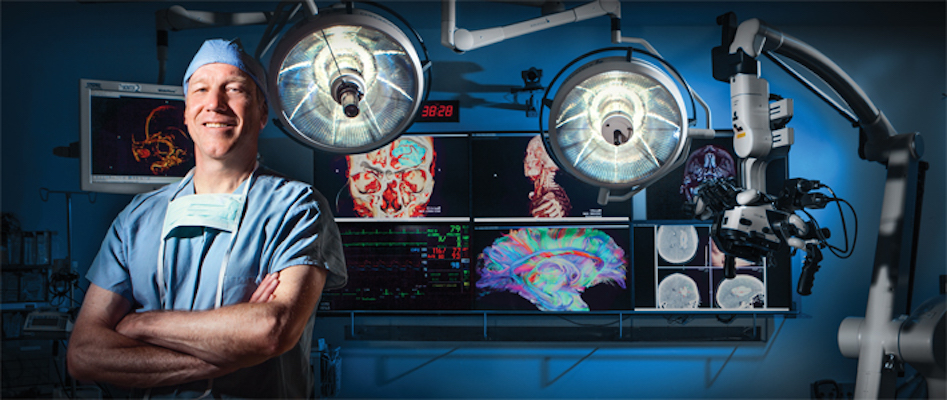
Virtual Reality in neurosurgery planning
UCLA Neurosurgery, led by Neil Martin, is using VR in surgery planning, integrating the Oculus Rift with Surgical Theater’s 3D “SNAP” surgery navigation device. (See ApplySci’s April, 2014 description of Surgical Theater’s technology.) The hope is to be able improve precision and outcomes, and decrease surgical time. The VR scene is based on patient CT and MRI scans,…
-
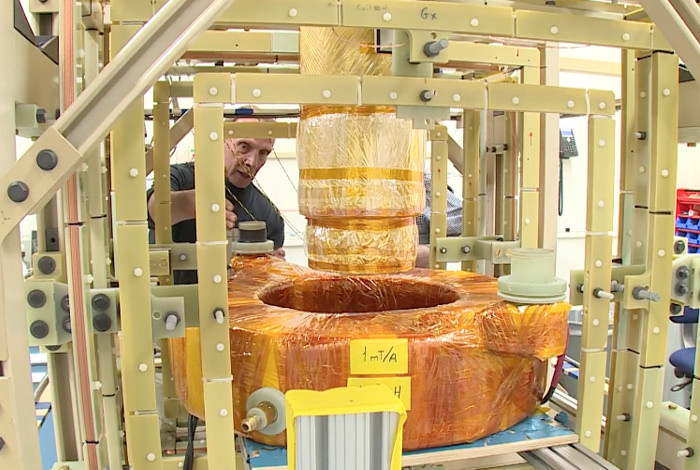
Ultra-low-field, portable MRI
Los Alamos National Laboratory‘s Michelle Espy is developing an ultra-low-field, lightweight MRI system for use on the battlefield and in poor countries. The device will be simple to transport, set up, and use in non-traditional settings. Conventional MRI machines use large magnetic fields that align protons in water molecules. Magnetic resonance signals are detected and turned into images. Highly detailed…
-

3D printed airway splints restore breathing
At the University of Michigan, three children under 2 with tracheobronchomalacia had 3D printed devices implanted to open their airways and restore their breathing. Professors Glenn Green and Scott Hollister were able to create and implant customized tracheal splints for each patient. The device was created directly from CT scans of their tracheas, integrating an image-based…
-
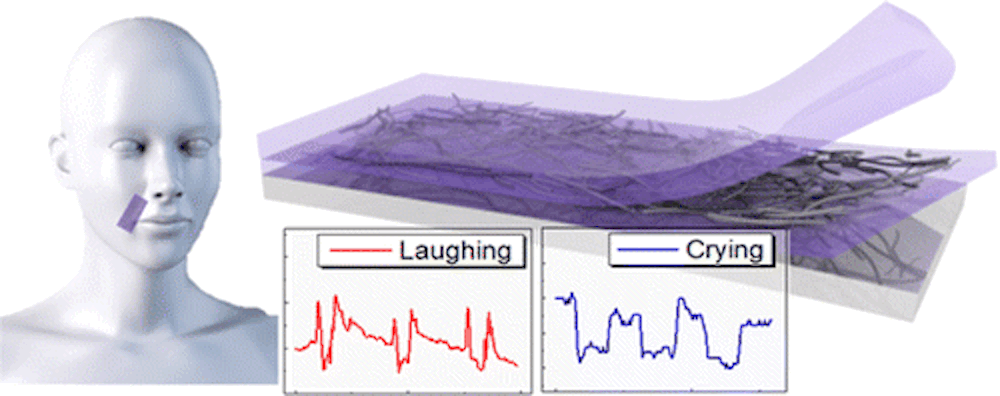
Robot sensor reads facial expressions to determine emotions
Sungkyunkwan University‘s Nae-Eung Lee has created a stretchable, transparent sensor that helps robots read facial expressions. It senses smiling, frowning, brow-furrowing and eye-rolling. The robot then detects movements, including slight changes in gaze, to determine whether people are laughing or crying, and where they are looking. The ultra-sensitive, wearable sensor layers a carbon nanotube film on two types of…
-
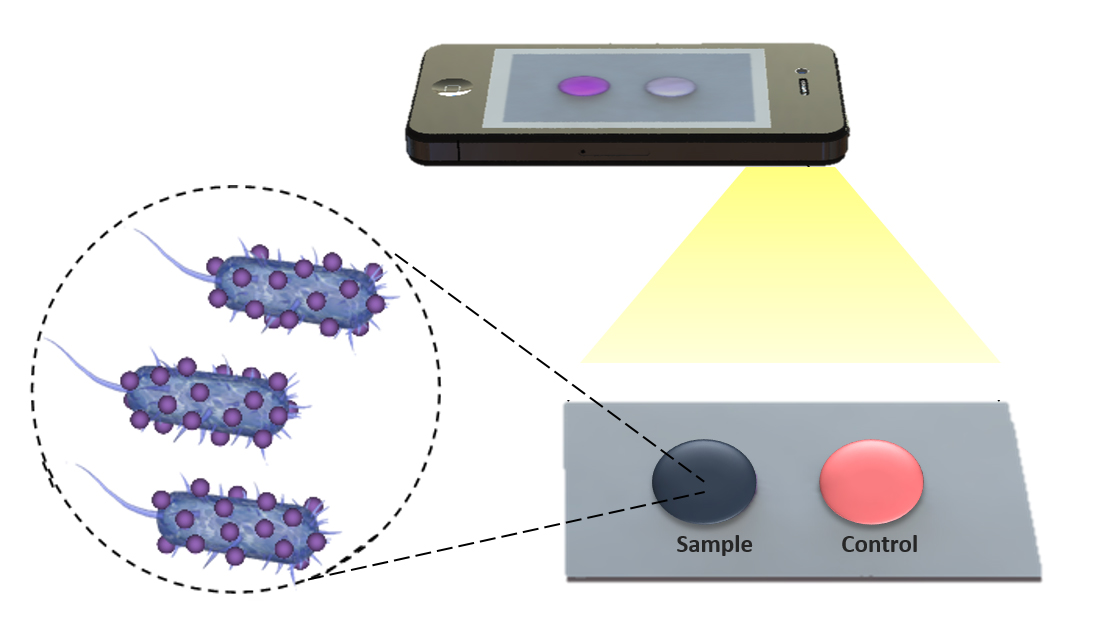
Cheap, flexible biosensor detects HIV, E-coli, Staph aureas
Florida Atlantic, Stanford, and Harvard researchers have developed a thin, lightweight, flexible “paper microchip” biosensing platform to detect and determine treatment for HIV, E-coli, Staphylococcus aureas and other bacteria. They have also created an app that could remotely detect bacteria and disease in the blood using mobile phone images. Current paper and flexible material-based platforms…
-

Built-in, contactless sensors monitor breathing
Novelda’s building-integrated “XeThru” sensor modules detect human presence and monitor respiration. Breath rate and depth are measured and tracked in real-time. The use of radio waves, rather than infrared, ultrasound or light, allows the modules to ‘see through’ a variety of objects, including building materials and blankets. The sensors are intended for hidden, tamper proof,…
-
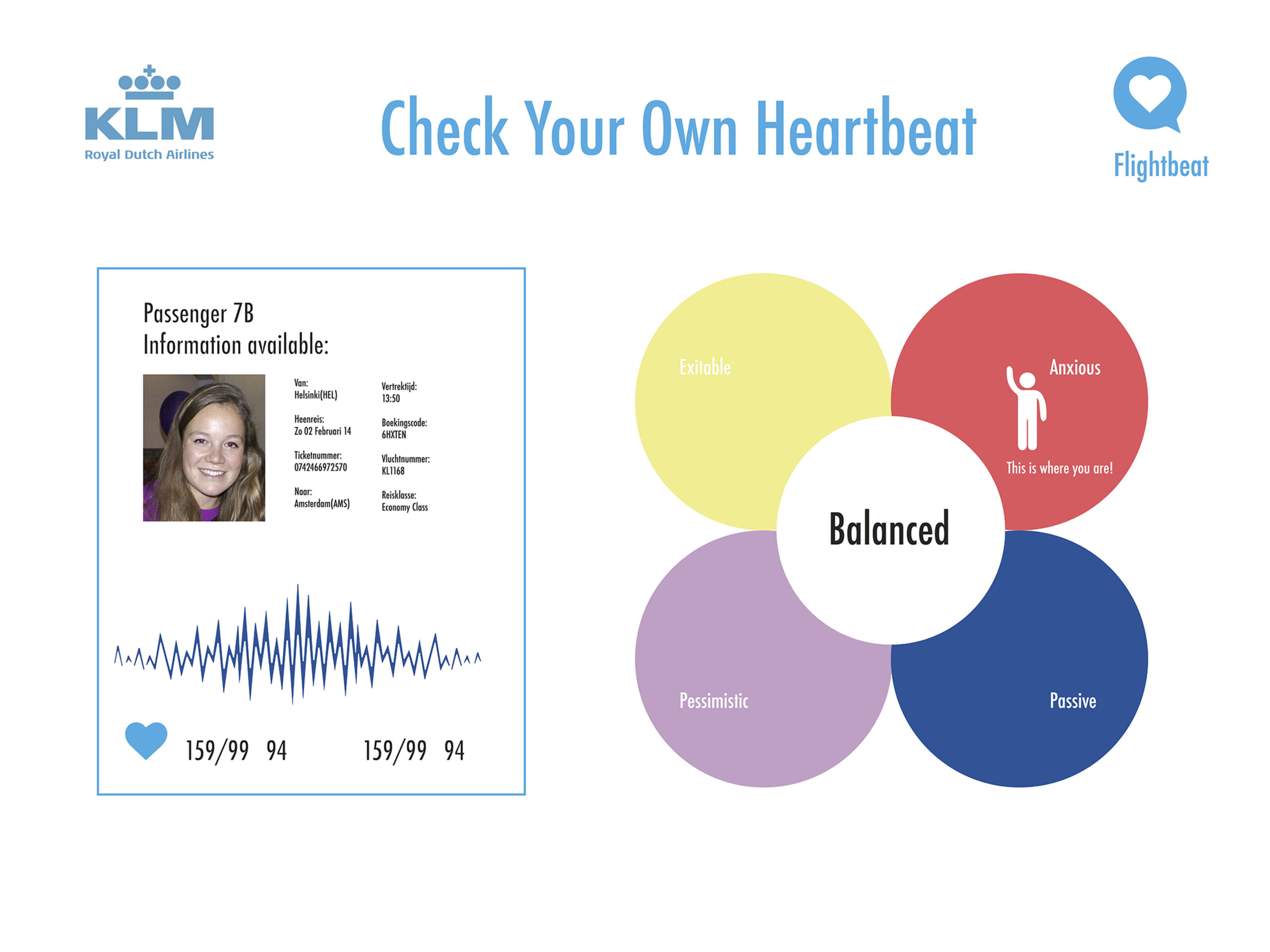
Airplane seat sensors monitor physical, emotional states
FlightBeat, designed by TU Delft students, uses airplane seat integrated heart rate sensors to monitor the physical and emotional state of passengers. Data is transmitted wirelessly to the crew, and presented on a color-coded seat map showing which passengers need attention. Health information can also be sent to physicians or family members on the ground. The goal…
-

Implant tests cancer drugs to optimize treatment
MIT’s Oliver Jonas, Robert Langer, and colleagues have developed an implantable device that allows doctors to test cancer drugs in patients before prescribing chemotherapy. The tiny device can carry small doses of 30 drugs. After implanting it in a tumor and allowing the drugs to diffuse into the tissue, researchers can measure how effectively each destroys a…
-

Discreet EEG sticker monitors brain activity
University of Illinois professor John Rogers has made another breakthrough in flexible medical electronics. His team has created an EEG system that sticks to the skin behind one’s ear to monitor brain activity. The miniature, lightweight, gold electrode device sticks to the skin without adhesive, and can be worn continuously for 2 weeks. While not yet…